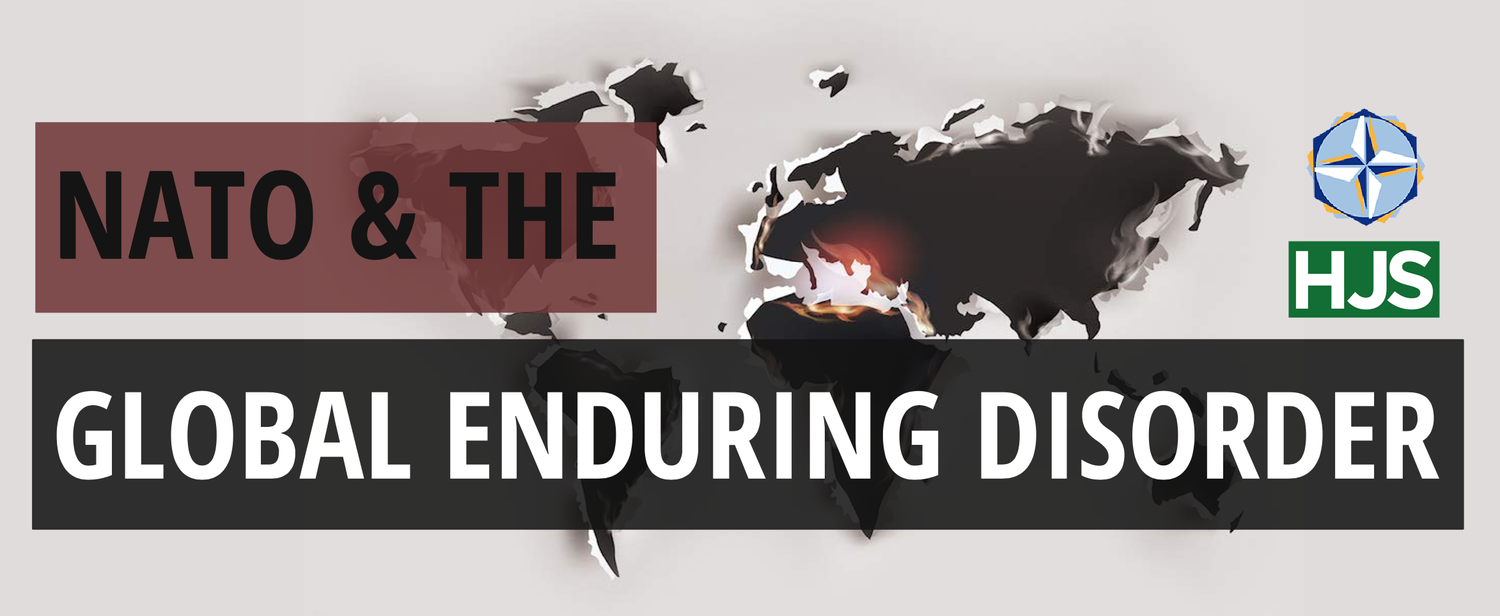Why the Russian Coup Plot Failed
Last week, on Twitter, it seemed like everyone had suddenly morphed into an expert on deep sea submersibles. “Oh yes, everyone knows you can’t have a carbon fiber hull at that depth,” they tweeted. Then, something astonishing happened. Russian tanks turned away from Ukraine and toward Moscow. In a flash, those submarine experts became coup experts!
It was a miracle.
I am not a submarine expert, but I have studied coups for over a decade. As part of that research, I’ve traveled around the world—to places like Madagascar, Zambia, Belarus, Côte d’Ivoire, Tunisia, and Thailand—to interview hundreds of generals, coup plotters, former despots, their henchmen, rebel commanders, and rank-and-file soldiers. Those interviews have given me insights into how coups work—why they can succeed, but also why they so often fail.
I’d like to share a few of those insights here, because I don’t think the story has been adequately explained by most press reporting. (Except, perhaps, for this breathtakingly brilliant piece in The Atlantic, written by someone with astonishingly similar expertise).
Over the weekend, one of Putin’s most important allies, Yevgeny Prigozhin, decided to take on Putin directly. His motives remain unclear, despite his public statements saying that he didn’t intend to topple Putin. (I’ve asked a lot of coup plotters why they did it. Nobody has ever answered “I did it for power and money,” but that’s usually the real reason).
Prigozhin’s mercenary army, The Wagner Group, raced toward Moscow in a convoy, experiencing limited resistance, capturing strategic hubs like Rostov-on-Don along the way. And then, just as quickly, Prigozhin reversed course, calling the whole thing off. So, what just happened?
It’s unclear why the putsch was called off, but clues have surfaced. One theory suggests that Putin threatened to kill Prigozhin’s family, which would help explain the abrupt turnaround. Regardless, the coup plot faced long odds, even if Wagner had made it to Moscow. To understand why, you need to understand what coups are and how they work.
A coup d’état is a sudden, irregular transfer of power, usually executed by the military in coordination with other elites. If that’s too much precise jargon for your liking, just think of it as a president or prime minister being abruptly tossed out of office by people with guns.
Another way to understand coups is to understand what they aren’t. They aren’t civil wars (large scale prolonged combat between a rebel group and a country’s military that usually lasts for months, even years). And they aren’t revolutions (broad-based uprisings that involve huge groups of people and usually involve a sweeping change from one type of regime to another — such as in the Iranian revolution of 1979 or the Arab Spring in Tunisia in 2011). A coup is lightning quick, and it involves one group of powerful people taking out the ruling group, with deadly force or the threat of deadly force…


